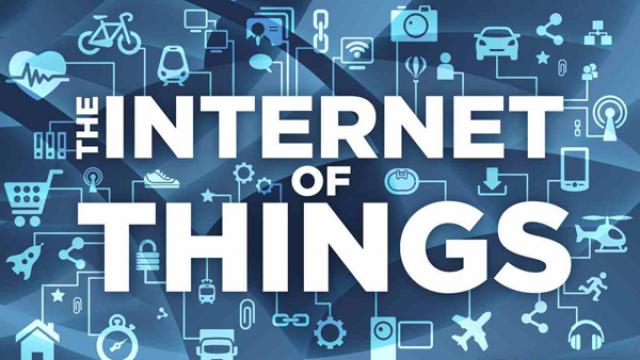Protecting Physical Devices and Hardware Through Various Types of IP Rights
The protection of physical devices and hardware through various types of IP rights has become an increasingly important issue in the modern digital landscape. From trademarks and patents to copyrights and trade secrets, there are a myriad of legal tools available for safeguarding innovative technologies. These IP rights not only provide economic incentives for innovation and investment, but they also serve as critical barriers to entry for would-be competitors. However, with the rapid pace of technological change, it can be difficult for companies to keep up with the ever-evolving IP regulatory landscape. This has led to an increased emphasis on proactive IP strategy, including the use of advanced analytics and artificial intelligence to identify potential risks and opportunities. As businesses seek to protect their intellectual property assets and remain competitive in the global marketplace, they must navigate this complex web of legal requirements and regulations with care and precision.
Introduction
Physical devices and hardware have become an integral part of our daily lives, powering the technological advancements that make our world more connected and efficient. As these devices continue to evolve, so do the methods used to protect their intellectual property rights (IPR). In this article, we will explore the different types of IPR that can be used to safeguard physical devices and hardware, including patents, trademarks, copyrights, trade secrets, and industrial design rights.

Patents
One of the most well-known forms of IPR protection is patents. A patent grants its owner exclusive rights to manufacture, use, and sell an invention for a specified period. In the case of physical devices and hardware, patents can cover everything from the design of the device itself to the software or algorithms used within it. By granting a patent, the inventor ensures that no one else can create or sell a similar product without permission, giving them a competitive advantage in the market.
Trademarks
Trademarks are another form of IPR protection that can be used to safeguard physical devices and hardware. A trademark represents a unique identity or logo associated with a particular company or product. This can include names, symbols, designs, or slogans that help consumers distinguish one product from another. Trademarks can be registered with government agencies, allowing their owners to take legal action against anyone else attempting to use a similar mark without permission.
Copyrights
Copyrights are legal rights that give creators of original works, such as software, music, literature, or artwork, the right to control how their work is used and reproduced. For physical devices and hardware, this can include patents related to the design or functionality of the device itself, as well as any user-generated content or data stored on the device. By registering a copyright, the creator ensures that they have the right to control how their work is used and can take legal action against anyone who violates their rights.
Industrial Design Rights (IDR)

Industrial design rights (IDR) are specific forms of IPR protection that apply to physical products with a distinctive visual appearance. These rights give the owner exclusive rights to prevent others from making or selling products that look similar to their own. IDR can be registered with government agencies and covers everything from the shape, color, and texture of a product's exterior to its layout and packaging. For physical devices and hardware, IDR can be particularly important for companies looking to protect their brand image and differentiate their products from competitors.
Trade Secret Protection
Trade secret protection is a less well-known but equally important form of IPR for physical devices and hardware. A trade secret is confidential information that gives a company a competitive advantage over its competitors. This can include proprietary technologies, manufacturing processes, or customer lists. Trade secret protection laws exist to prevent others from gaining access to this information by illegal means, such as hacking or theft. Companies may choose to protect their trade secrets through nondisclosure agreements or other contractual arrangements with employees, contractors, or vendors.
Conclusion
In conclusion, there are various types of IPR available for protecting physical devices and hardware, each with its unique benefits and limitations. Patents provide exclusive rights to manufacture and sell an invention, trademarks help distinguish products from competitors, copyrights protect original works and user-generated content, IDR protects the visual appearance of products, and trade secret protection safeguards confidential information critical to a company's success. By understanding these different forms of IPR and choosing the right protections for their devices and hardware, companies can ensure that they stay ahead in an increasingly competitive marketplace while also respecting the rights of others.
Articles related to the knowledge points of this article:
Title: National Hardware Lid Support: Ensuring Stability and Growth in the Industry
Title: Radiator Key Ace Hardware: The Ultimate Guide to Improving Home Comfort and Energy Efficiency
Burhill Hardware: Quality, Innovation, and Service in Hardware Solutions
ExpressLRS Hardware - The Ultimate Guide
Miller Hardware: Quality Tools and Service for the Trade
Kinkei Hardware: A Leading Manufacturer of Quality Hardware Products



